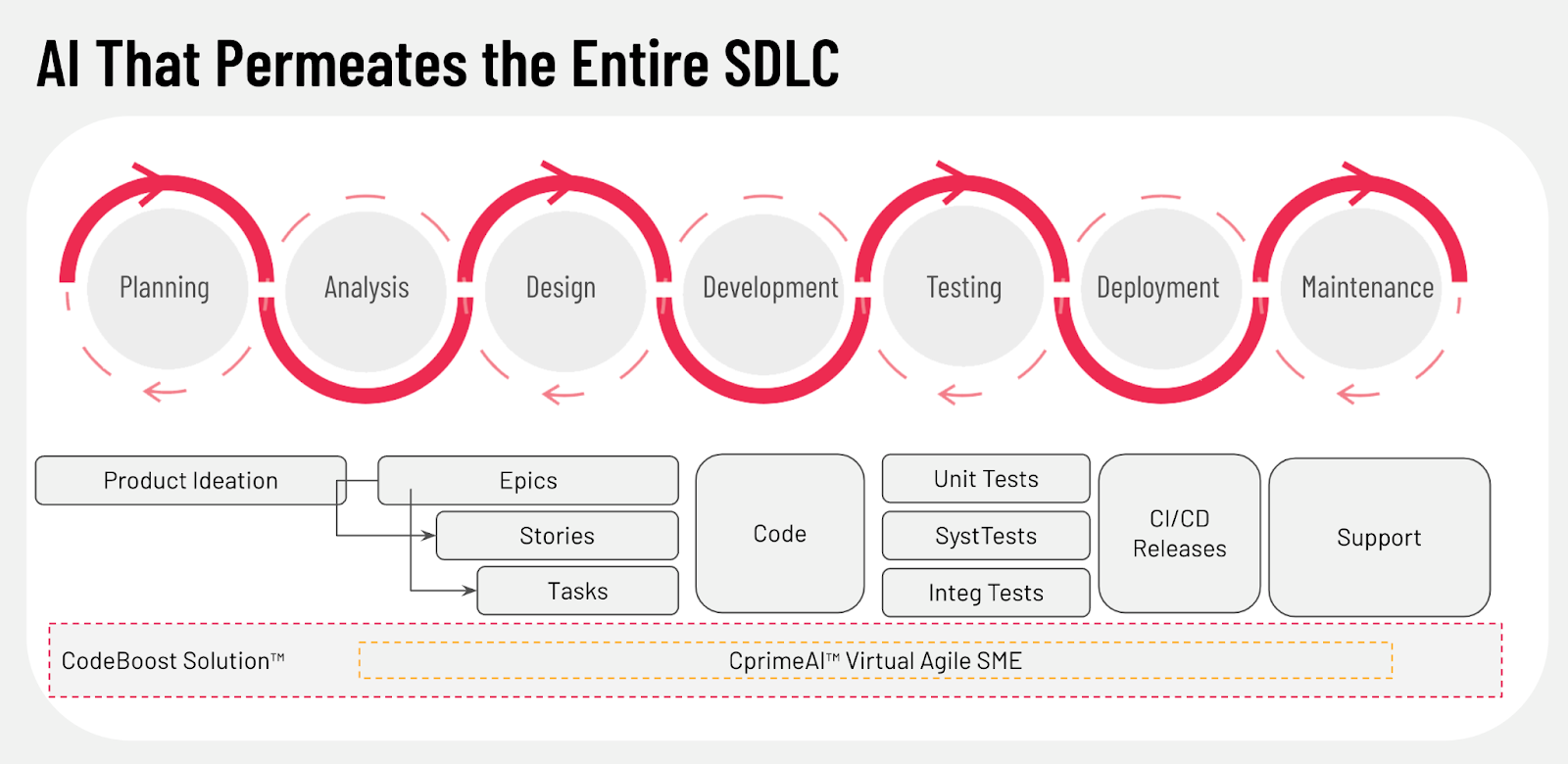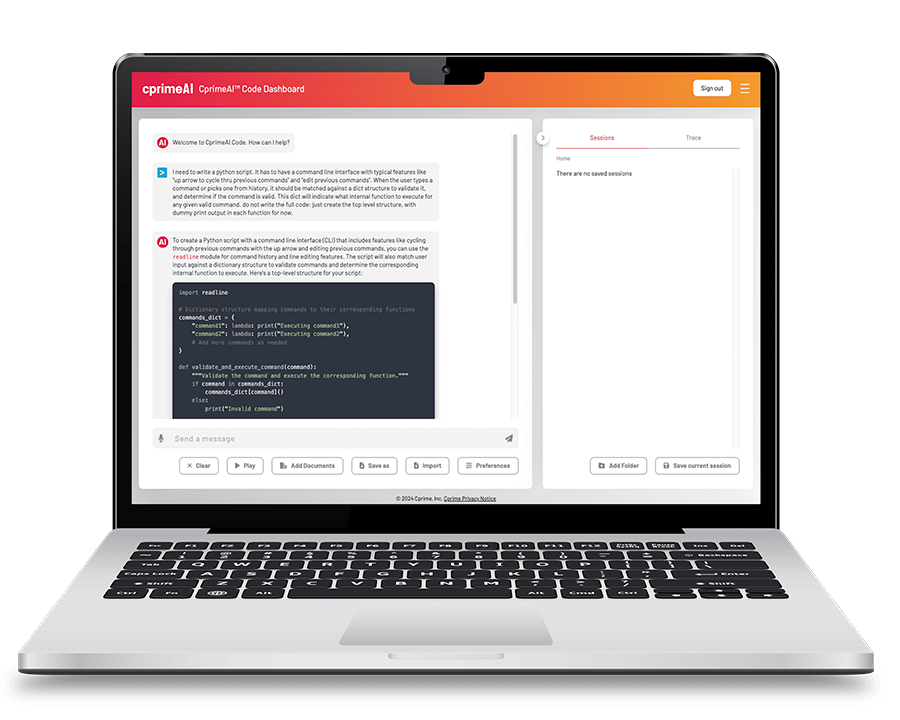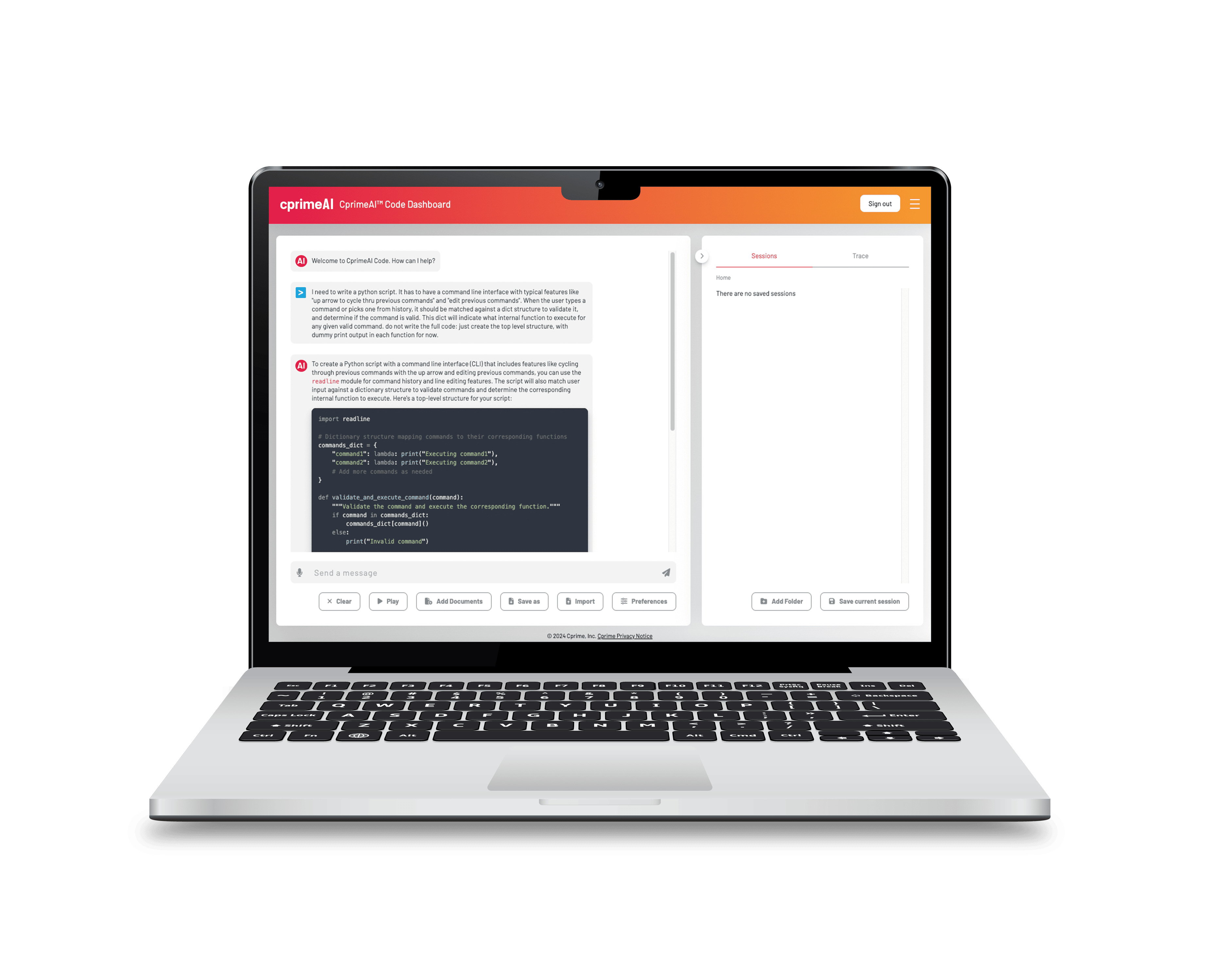OKRs in Jira Align FAQs addressed in this article:
-
What are OKRs in Jira Align? — OKRs in Jira Align are a framework for setting and measuring objectives and key results, helping organizations align their strategic goals with actionable outcomes.
-
How does AI enhance OKRs in Jira Align? — AI enhances OKRs in Jira Align by providing intelligent insights, real-time tracking, and predictive success analytics, making it easier to set, manage, and achieve strategic objectives.
-
What are the benefits of AI-powered OKRs? — The benefits of AI-powered OKRs include improved strategic alignment, dynamic tracking, predictive success insights, and better decision-making based on real-time data.
-
How can AI help in aligning program-level objectives with company-level objectives? — AI helps align program-level objectives with company-level objectives by analyzing relationships and providing insights to ensure all levels of the organization contribute to overarching strategic goals.
-
What role does AI play in generating well-formed OKRs? — AI suggests objectives and key results based on historical data and existing work, helping organizations set realistic and aligned OKRs that are grounded in actual projects.
-
How do AI-powered OKRs assist in adapting strategies? — AI-powered OKRs provide real-time visibility and predictive insights, enabling organizations to adjust their strategies based on current data and changing business conditions.
-
What future enhancements are planned for AI-powered OKRs in Jira Align? — Future enhancements include value funding, workstream management, advanced predictive analytics, scenario planning, and deeper integration with execution data.
-
Why is real-time tracking important for OKRs? — Real-time tracking is important for OKRs because it allows organizations to monitor progress continuously, identify potential issues early, and make necessary adjustments to stay on track.
-
How can organizations benefit from AI-powered OKRs in Jira Align? — Organizations can benefit from AI-powered OKRs in Jira Align by achieving greater strategic alignment, improving agility, making informed decisions, and driving continuous improvement in goal setting and execution.
Objectives and Key Results (OKRs) have become a cornerstone for organizations aiming to align their strategic goals with actionable outcomes. By providing a clear, measurable framework, OKRs enable enterprises to synchronize their long-term vision with day-to-day operations, ensuring that every team and individual is working towards the same objectives.
However, the journey from setting these objectives to realizing their full potential can be fraught with challenges. This is where the integration of AI with OKR management, particularly through tools like Jira Align, can make a significant difference.
Cprime has developed an AI-powered solution that enhances the capabilities of Jira Align, making it easier for organizations to set, manage, and achieve their OKRs effectively. This innovative approach not only streamlines the OKR process but also provides real-time insights and intelligent recommendations, helping enterprises to stay agile and responsive to changing business conditions.
In this blog post, we will explore how AI-powered OKRs can transform your organization’s approach to goal setting and execution. We will focus on the practical applications of this technology, the future enhancements on the horizon, and how these advancements can help you get the most out of your investment in Jira Align.
By the end, you will have a clearer understanding of how to leverage AI to unlock your agile future and drive greater strategic alignment across your enterprise.
This article is largely based on our recent expert-led webinar, “AI-Powered OKRs: Unlock your Agile Future with Cprime and Jira Align”. For more information, including a demo of the solution, watch the full webinar-on-demand at your convenience.
Understanding OKRs in Jira Align
Objectives and Key Results serve as a powerful framework for capturing and measuring expected business outcomes. At their core, OKRs consist of two components: objectives, which define the overarching goals, and key results, which provide specific, measurable indicators of success. This structure ensures that everyone in the organization is aligned and working towards the same strategic objectives.
There are numerous benefits of implementing OKRs:
- They promote transparency by making goals visible across the organization
- They foster alignment by ensuring that all teams and individuals are moving in the same direction
- They simplify the goal-setting process with a clear, straightforward approach
However, to fully realize these benefits, it is crucial to adhere to best practices. OKRs should be value-based and specific, focusing on outcomes rather than tasks. They should also be revisited regularly to ensure they remain relevant and aligned with the evolving business landscape. Additionally, aligning OKRs across different levels of the organization, rather than cascading them, helps maintain strategic coherence and ensures that every effort contributes to the overall goals.
With this foundational understanding of OKRs, we can now explore how the integration of AI can enhance their effectiveness and help organizations overcome common challenges in setting, managing, and achieving their objectives.
The Role of AI in Enhancing OKRs in Jira Align
Integrating AI with OKR management, particularly through Jira Align, represents a significant advancement in how organizations can set, manage, and achieve their strategic objectives. AI brings a new level of intelligence and efficiency to the OKR process, providing several key benefits that enhance the overall effectiveness of this framework.
- Intelligent Insights and Real-Time Tracking: AI-powered OKRs leverage historical data and industry benchmarks to suggest realistic and aligned objectives, ensuring ambitious yet achievable goals.
- Dynamic Tracking and Predictive Success Insights: AI provides real-time visibility into OKR progress, allowing early identification of issues and enabling strategy adjustments to stay on track.
- Better Alignment Across the Enterprise: AI analyzes relationships between objectives to ensure program-level goals contribute to overall strategic objectives, maintaining coherence and direction.
With these capabilities (and more!), CprimeAI-powered OKRs in Jira Align provide a robust solution for organizations looking to enhance their goal-setting and execution processes.
Practical Applications of AI-Powered OKRs in Jira Align
The integration of AI with OKR management in Jira Align offers several practical applications that can significantly enhance the way organizations set and achieve their strategic goals. Here are three key areas where AI-powered OKRs can make a substantial impact.
Aligning Program-Level Objectives with Company-Level Objectives
One of the most critical challenges in OKR management is ensuring that objectives at different organizational levels are aligned. CprimeAI helps bridge this gap by analyzing the relationships between program-level objectives and company-level goals.
By providing insights into how these objectives align, AI ensures that every team and department is contributing to the overarching strategic objectives. This alignment is essential for maintaining coherence and ensuring that all efforts are directed towards the same long-term vision.
Generating Well-Formed OKRs
Setting realistic and aligned OKRs can be a daunting task, especially for organizations new to this framework. Our AI solution simplifies this process by suggesting objectives and key results based on existing work and historical data. This capability is particularly useful for organizations looking to reverse-engineer objectives from ongoing projects.
By analyzing the current work defined in the epic backlog, CprimeAI can generate several objectives and their corresponding key results that align with the strategic direction and goals of the company. This not only helps in setting well-formed OKRs but also ensures that they are grounded in the actual work being done, making them more realistic and achievable.
Adapting Strategies Based on Real-Time Insights
AI-powered OKRs provide dynamic tracking and predictive success insights, enabling organizations to adjust their strategies as needed. This real-time visibility into the progress of objectives allows for timely interventions and course corrections, ensuring that the organization remains agile and responsive to changing conditions.
For instance, if the AI identifies that certain key results are not on track to be achieved, it can provide recommendations for adjustments. This proactive approach helps organizations stay aligned with their strategic goals and make informed decisions based on the latest data.
With these practical applications, CprimeAI-powered OKRs in Jira Align offer a powerful tool for enhancing strategic alignment and agility. Importantly, though, it’s not a final solution.
Future Directions and Enhancements
The integration of AI with OKR management in Jira Align is an evolving journey, with several exciting enhancements on the horizon. These future developments aim to further improve decision-making, portfolio management, and overall strategic alignment within organizations.
Value Funding and Workstream Management
One of the key areas of focus is the introduction of value funding and workstream management features. These enhancements will enable organizations to better prioritize their efforts and allocate resources more effectively. By understanding which epics and initiatives provide the most value, organizations can make more informed decisions about where to invest their time and resources.
More Advanced Predictive Analytics and Planning
Additionally, the AI-powered solution will continue to evolve to provide more advanced predictive analytics and scenario planning capabilities. This will allow organizations to forecast the success of their OKRs more accurately and explore different strategies to achieve their goals.
For example, if certain objectives are identified as having a lower likelihood of success, the AI can offer alternative scenarios and recommendations to improve the chances of achieving those objectives.
Deeper Integration With Execution Data
Another exciting development is the deeper integration with execution data. By seamlessly connecting OKR progress with execution metrics like sprint velocity and release progress, organizations can gain a holistic view of how day-to-day activities contribute to strategic objectives. This integration will enhance alignment and efficiency, ensuring that every effort is directed towards achieving the organization’s long-term vision.
These future enhancements will further solidify the role of AI-powered OKRs in driving strategic alignment and agility. By leveraging these advanced capabilities, organizations can stay ahead of the curve and continuously adapt to the ever-changing business landscape.
Could Your Organization Benefit From AI-Powered OKRs in Jira Align?
The integration of AI with OKR management in Jira Align offers a transformative approach to setting, managing, and achieving strategic objectives. By providing intelligent insights, real-time tracking, and advanced predictive analytics, AI-powered OKRs help organizations unlock their agile future and drive greater strategic alignment.
Watch the full webinar on demand to gain a comprehensive understanding of AI-powered OKRs. Or, request a personalized demo to see firsthand how Cprime’s AI-optimized OKR solution can amplify Jira Align’s features and enhance your strategic planning processes.











